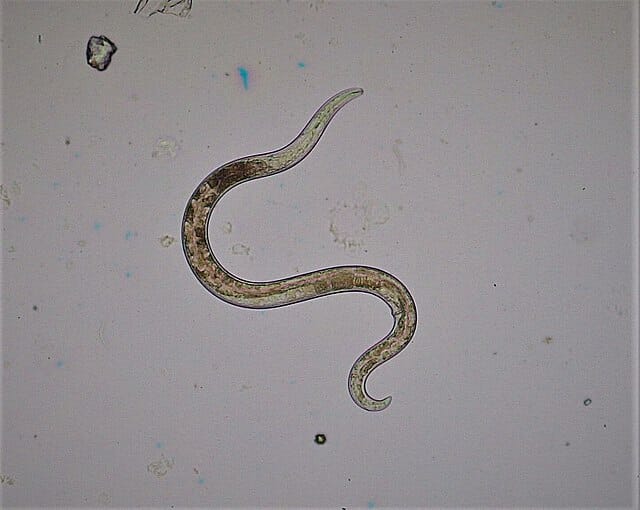
An Australian hospital successfully completed the removal of a live parasitic worm from a human brain in a medical first.
Initially hospitalised after experiencing symptoms of abdominal pain, diarrhoea, fever and night sweats in addition to elevated levels of depression and forgetfulness, the patient’s MRI detected an abnormality in the brain which led to a diagnosis requiring brain surgery. However, it was not until neurosurgeon Dr. Hari Priya Bandi was partially through the surgery that she discovered the enormous 8-centimetre parasitic worm living on the patient’s brain.
The hospital was able to reach a parasitology expert at a research facility 20 minutes from the hospital in order to understand what precisely the parasite was.
“We were able to send the live wiggling worm to [the expert] and he was able to look at it and immediately identify it.”
Sanjaya Senanayake, disease expert
The hospital’s disease expert, Sanjaya Senanayake, told CNN “We were able to send the live wiggling worm to [the expert] and he was able to look at it and immediately identify it”. The parasite was identified as a roundworm.
It is thought that the woman was an accidental host, and likely acquired the worm from eating eggs from an area of grass that had been contaminated with python faecal matter. The woman belonged to a foraging community in rural Australia, who now have a heightened awareness of the risks of gathering their own food.
Due to the original host of this type of worm being pythons, it limits the probable number of future cases, and it is unlikely to have the pandemic potential of other animal-to-human pathogens, unlike the agents behind COVID-19, Ebola, SARS or Malaria.
Despite this being the first example of a live tapeworm being removed from the brain, last year a 25-year-old, also in Australia, was found to have a cyst of tapeworm larvae in her brain – despite doctors initially believing she had a brain tumour. This occurrence of tapeworm larvae cysts, known as neurocysticercosis, is becoming increasingly common – with more than 1,000 cases reported in America alone every year. The threat of parasitic and dangerous worms appears to be on the rise.
Although many parasites are unable to transmit to humans, some are responsible for enormous death tolls, significant ill health, disability and perpetuation cycles of poverty and inequality in affected areas. Although parasitic conditions are often associated with low-income countries, they are becoming increasingly prevalent in wealthier countries including Australia, Japan and America. This is very clearly demonstrated by the public health priority areas of the USA including seven parasitic conditions.
The most recent Global Burden of Disease Study suggested that globally 2.35 billion people were living with a parasitic infection in 2019, with 678,000 deaths and more than 58 million years of healthy life lost, a metric employed to quantify outcome impact in lieu of death.
Parasitic diseases remain a global cause for concern, however thankfully in this case the patient has made a full recovery.


